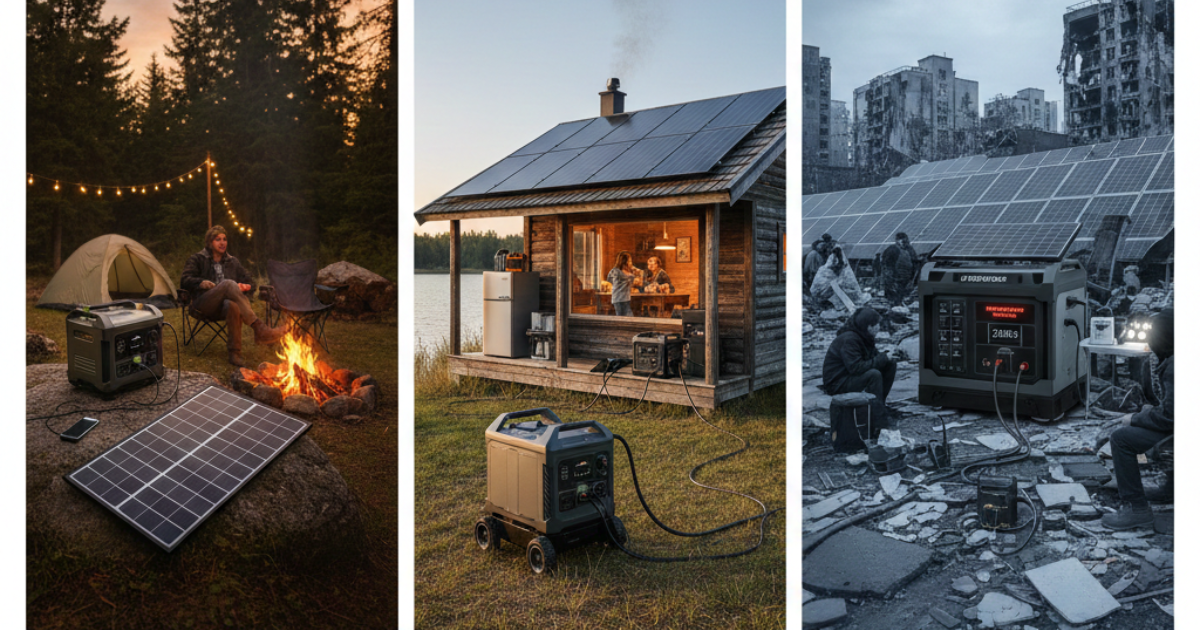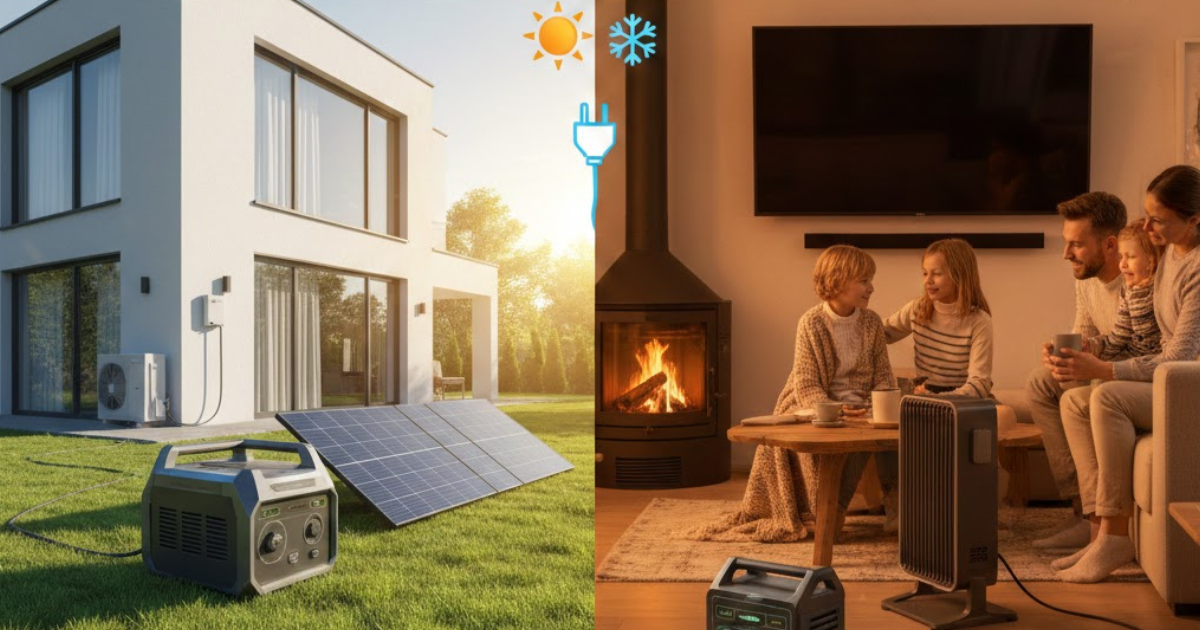We are living in the modern world, and eco-conscious homeowners seek sustainable power. Solar panels with backup generators offer a solution. This duo provides robust and green home energy. It ensures comfort, savings, and reduced carbon.

The Foundation: Harnessing the Power of the Sun
Solar panels are key for eco-friendly homes. They turn sunlight into electricity. This power source is clean and endless. Solar energy offers many advantages.
1. Environmental Impact: Solar energy has zero emissions. It reduces fossil fuel reliance. This significantly lowers your carbon footprint. It helps combat climate change.
2. Reduced Electricity Bills: Solar panels lower bills dramatically. Long-term savings provide good returns. Energy prices continue to climb. Many incentives also reduce initial costs.
3. Energy Independence: You become less grid-dependent. Avoid outages and price swings. Generate your own power confidently. You are in control of your energy.
4. Increased Home Value: Homes with solar panels attract buyers. They often have higher resale value. This asset shows modern homeownership.
5. Low Maintenance: Modern panels require little care. Periodic cleaning is usually sufficient. This ensures optimal performance.
Installing solar involves assessing your home's needs. Consider roof orientation and sun exposure. Professionals install panels, wiring, and inverters. Systems often include net metering. Sell excess electricity back to the grid.
The Safety Net: The Role of Backup Generators
Solar panels limit power at night. They also limit power on cloudy days. Backup generators provide essential reliability. They secure your eco-friendly home.
Traditional generators were noisy and polluting. New technology offers efficient options. Their role shifts to crucial safeguards.
1. Uninterrupted Power Supply: Generators ensure continuous power. They work when solar is off. Essential appliances remain operational. This maintains comfort and safety.
2. Covering Solar Gaps: Batteries have capacity limits. A generator helps when batteries are low. It covers prolonged low sunlight periods.
3. Peace of Mind: Reliable backup eliminates stress. Avoid inconvenience from power failures. This is great for severe weather.
4. Fuel Versatility: Modern generators use various fuels. Gasoline and diesel are common options. Natural gas or propane are popular. Natural gas connects to your home line. This eliminates fuel storage needs. Some run on biofuels or hydrogen.
When selecting, consider size and fuel. Choose portable or standby units. Standby generators are permanently installed. They automatically turn on during outages. This provides seamless transitions. The best solar generator for home needs to be carefully chosen.
The Symbiotic Relationship: Combining Solar and Generators
This system combines solar panels and backup generators. They offer unparalleled energy resilience. They provide environmental responsibility.
1. Optimized Energy Usage: Solar panels are primary power. They power your home during the day. They can charge a battery bank. The generator remains off.
2. Smart Energy Management: Advanced systems monitor power. They check solar production and battery levels. If power drops, the generator starts. It provides power until solar resumes.
3. Reduced Generator Run Time: Solar handles most power needs. The generator runs less often. This means fuel savings and lower costs. Emissions are also reduced significantly.
4. Enhanced Reliability in All Conditions: This combination prevents grid failures. It also helps during low sunlight periods. Get daily power from the sun. Get guaranteed backup power when needed.
5. Pathway to Net-Zero: This system helps achieve net-zero. Your home produces its own energy. It matches annual consumption.
Implementing Your Integrated System
This journey needs planning and expertise. Here's an overview of the process.
1. Energy Audit and Needs Assessment: Start with an energy audit. Understand power consumption. Identify inefficiencies. Determine critical loads for outages. This sizes your solar array. Also, it helps to size your solar panel generator.
2. System Design: Work with a reputable installer. Design a tailored system. Consider roof space and sun exposure. The design integrates solar and generator. It includes an automatic transfer switch. The ATS is crucial for safe power switching.
3. Permitting and Installation: The installer handles permits. Then they proceed with installation. This includes mounting panels and wiring. The generator and ATS are installed. This type of system is a great solar backup generator.
4. System Commissioning: The system is tested thoroughly. Ensure everything works safely. You'll learn how it operates
____________________________________________________
Solar panels and backup generators are an advancement. Nature’s Generator offers eco-friendly home energy solutions. This approach provides energy independence. It blends sustainable power with reliability. Homeowners reduce environmental impact. Enjoy long-term cost savings. Gain peace of mind. Your home is powered efficiently and responsibly. It’s an investment in your home.






 10,000W LIFEPO4
10,000W LIFEPO4









